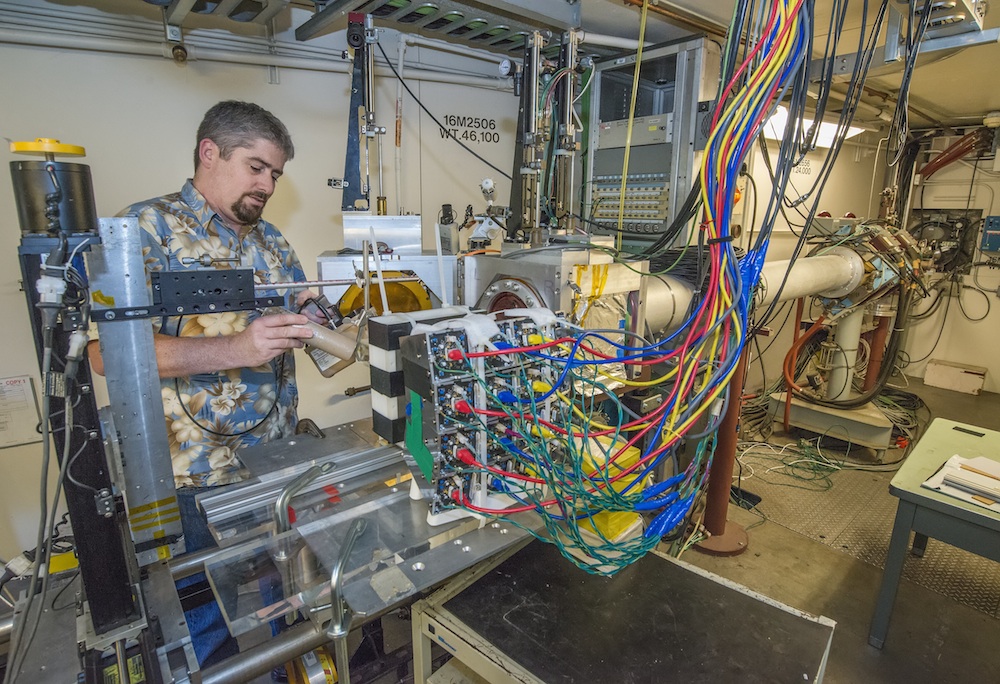
Space Launch System and Orion spacecraft on Pad 39B. (Credit: NASA)
A new audit by the NASA Inspector General criticizes Boeing for its management of the stages of the Space Launch System (SLS) while forecasting further delays and large cost overruns for the beleaguered program that is designed to send astronauts to deep space.
“As of August 2018, NASA has spent $11.9 billion on the SLS, but will require significant additional funding to complete the first Core Stage—more than 3 years later than initially planned and at double the anticipated cost,” the audit concluded.
“In light of the Project’s development delays, we have concluded NASA will be unable to meet its EM-1 launch window currently scheduled between December 2019 and June 2020,” the report stated.
The EM-1 mission is the first launch of SLS and the second flight of the Orion spacecraft, which will not have a crew aboard. The delays also threaten the schedule for the crewed EM-2 mission, which is currently set to launch in mid-2022.
The audit, the first in a series examining SLS, examined how NASA and Boeing have managed the development of the system’s first (core), second and exploration upper (EUS) stages.



